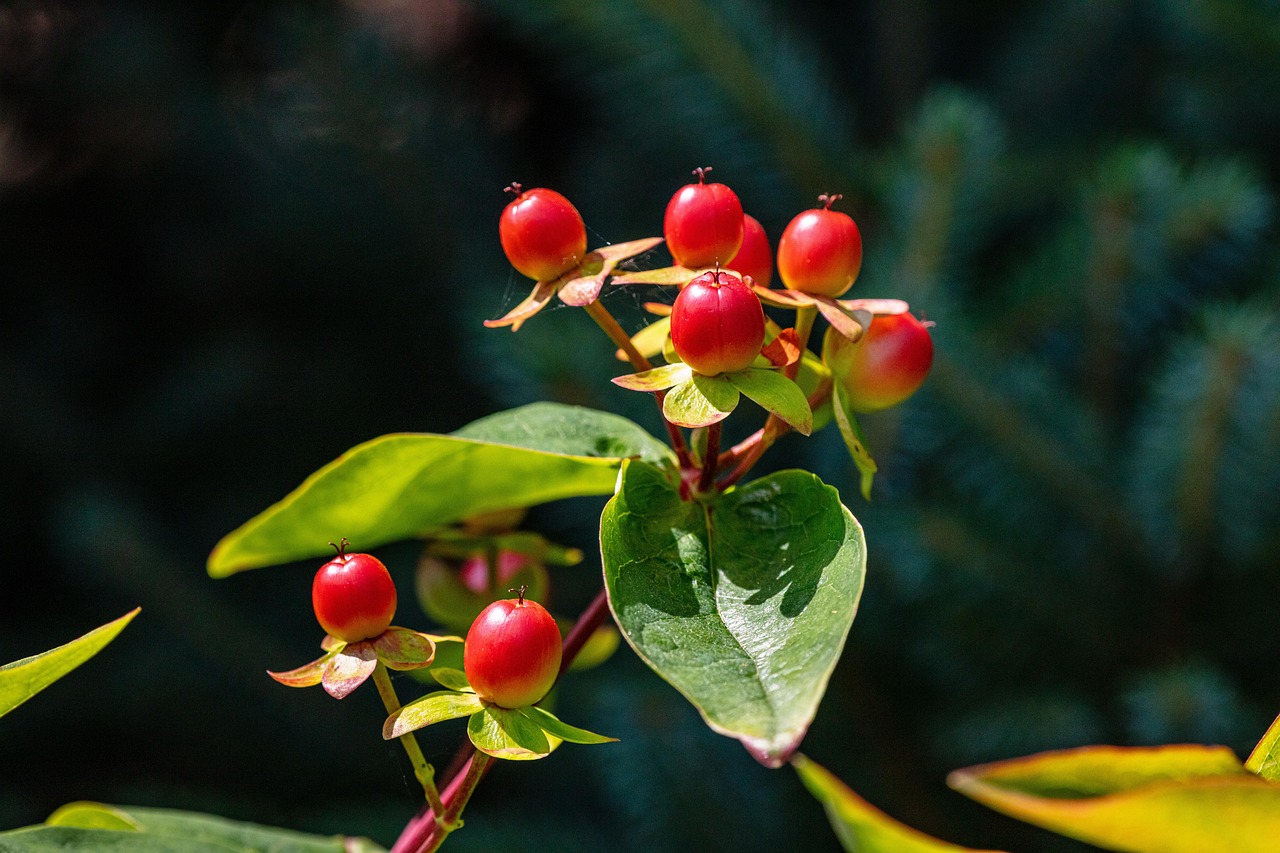Herbal Remedies - Part 2
Unlocking the Power of Healing Plants - Part 2

Welcome back to part 2 of our healing plants guide! In this segment, we'll explore more fascinating plants with incredible healing properties that have been used for centuries in traditional medicine.
1. Echinacea
Echinacea, also known as coneflower, is a popular herb that boosts the immune system and helps the body fight off infections. It is commonly used to reduce the symptoms and duration of colds and flu.
2. Turmeric
Turmeric is a bright yellow spice often used in Indian cuisine. It contains curcumin, a compound with powerful anti-inflammatory and antioxidant properties. Turmeric has been used to alleviate conditions such as arthritis and improve overall health.
3. Aloe Vera
Aloe vera is a succulent plant known for its soothing properties. The gel inside the leaves can be applied topically to heal wounds, sunburns, and skin irritations. It also has internal benefits when consumed as a juice.
4. Lavender
Lavender is a fragrant herb with calming effects. It is often used in aromatherapy to reduce stress and anxiety. Lavender oil can also be applied topically to promote relaxation and improve sleep quality.
5. Chamomile
Chamomile is a gentle herb known for its calming and anti-inflammatory properties. It is commonly consumed as a tea to promote relaxation, improve digestion, and relieve insomnia.
These are just a few examples of the many healing plants found in nature. Incorporating them into your daily routine can have numerous health benefits and promote overall well-being.
Stay tuned for our next installment where we'll delve into more fascinating healing plants and their uses!
Read Part 1 of the Healing Plants Guide here.
